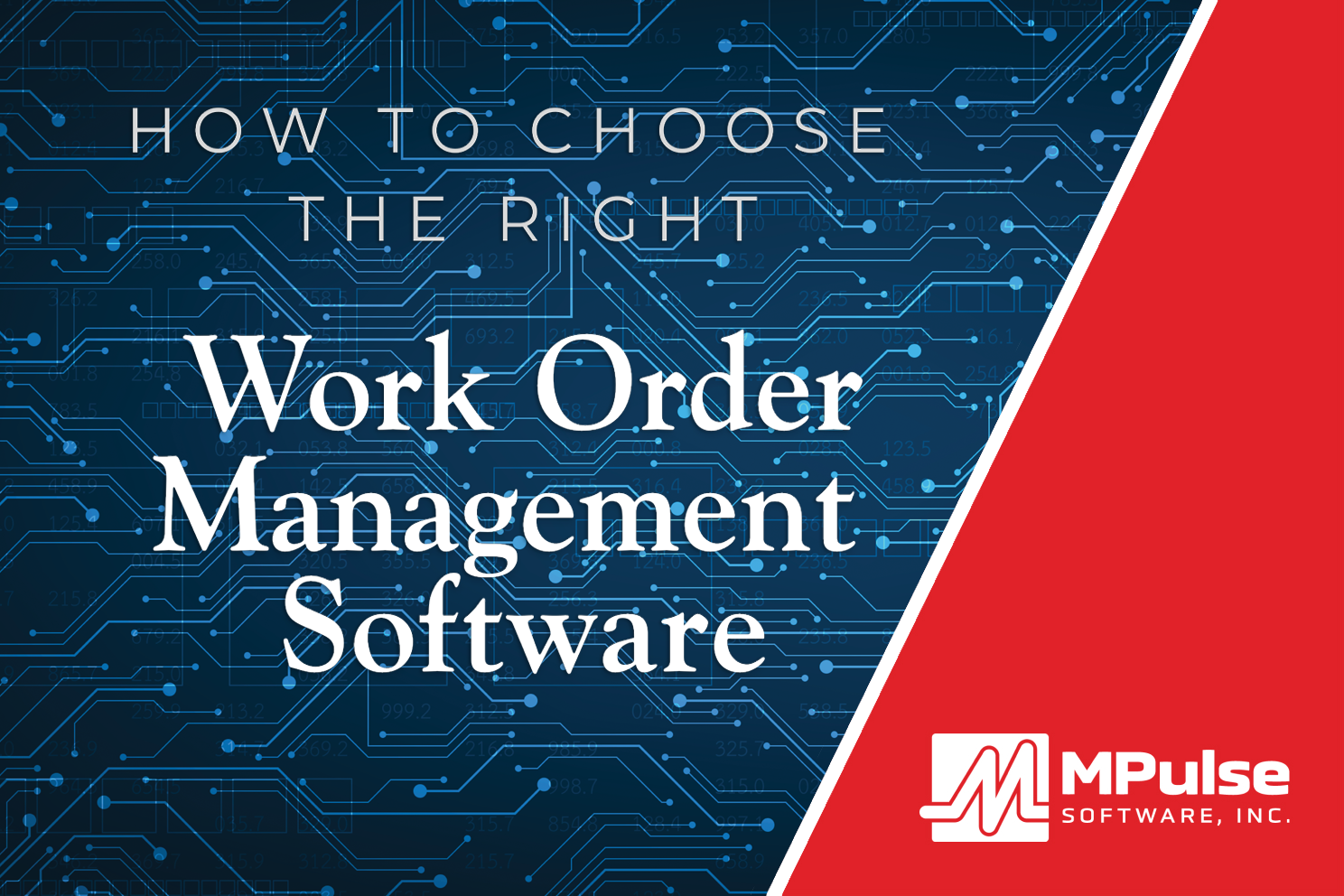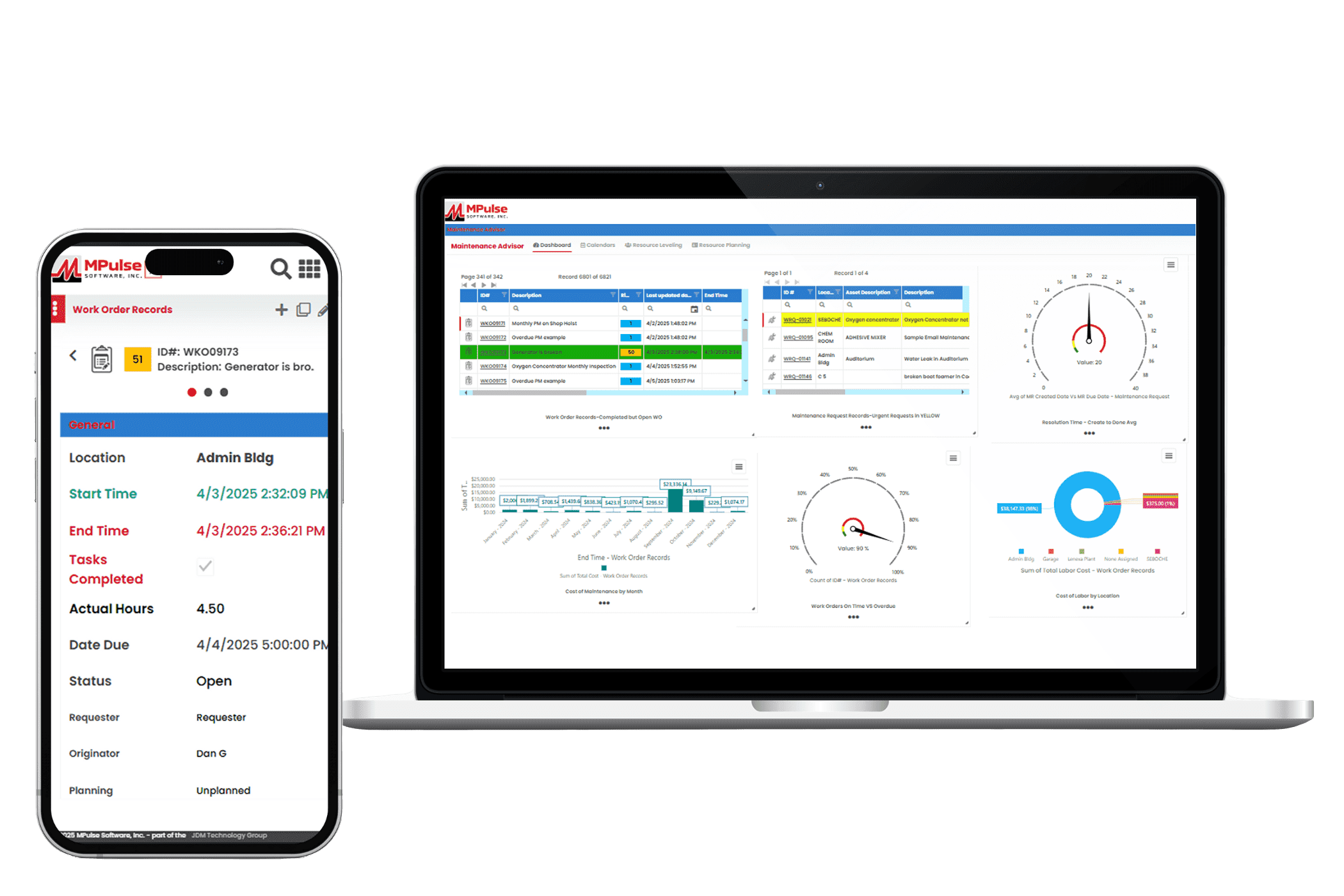If your maintenance team supports a large organization, you may already have a formal CMMS asset management plan in place. If you’re in a small or medium-sized business, though, chances are you don’t have one. So why use asset management? While you’ve probably heard or read the term “asset management,” you might not be sure how it differs from the maintenance management you’re already doing. I mean, you are maintaining assets, right? Today I’d like to try and clear up some of the confusion—first by helping you understand what a CMMS asset management plan is, and second by explaining why it matters to you.
Keith Mobley, a member of the Society for Maintenance and Reliability Professionals (SMRP), defines an asset management plan as a comprehensive strategic plan designed to help your organization get the maximum value from the assets it owns. Often, this is measured by financial professionals as Return on Net Assets (RoNA), and it’s roughly calculated as total productive output minus total asset cost during an asset’s lifecycle. And that’s all well and good for the folks in finance and accounting, but you’re probably thinking right now, “Why should I care?”
You should care because setting up your CMMS with an asset management frame of mind is a great way to get the most out of it as a maintenance manager. If you’re thinking in terms of maximum uptime and total lifecycle cost, you’ll move beyond using your CMMS as a simple work order tracker and PM scheduler. Let me give you an example, a tale of two customers, Bill and John.
Table of Contents
Asset Management: Repair or Replace?
Both Bill and John came to me on two separate occasions with the same question from their bosses: “Should we keep repairing that sheet metal stamping press, or should we buy a new one?”
Bill called me in a panic. “The boss wants an answer today,” he said, “and I don’t know where to get it. We’ve been using MPulse for 8 years now. Can you help me figure this out?”
“Calm down,” I said. “That should be easy to calculate.” We just needed to answer a few questions using the data in his MPulse database:
- What was the purchase price of the press?
- When did we acquire it?
- How much has it cost to maintain it, especially in the past year?
- How much downtime is the asset experiencing lately?
By answering these questions, Bill could show how much the press was costing his company, currently, on an annual basis, as well as the average annual cost over the life of the asset. With a little help from the operations manager, we could also calculate the opportunity cost due to downtime. Comparing that to the estimated cost (and potential added productivity) of a new press would get us our answer.
Unfortunately for Bill, that information wasn’t available. To “save time,” he hadn’t recorded the acquisition date and purchase price in MPulse. And, while he had recorded planned and unplanned maintenance, he hadn’t bothered to record parts costs. It pained me to tell him, “Bill, I’m afraid the best you’re going to be able to do is SWAG it.”
Document Your Asset Data
Thankfully, my experience with John had a better outcome. Like Bill, John had been using MPulse for many years. But John had taken the time to better document the assets he wanted to track—recording each one’s acquisition date and purchase price. John didn’t track every asset his company owns; instead, he focused on the important ones that he knew would take a significant investment to replace.
Over the years, John tracked each asset’s planned and unplanned maintenance costs, just like Bill. But John also recorded parts costs by automatically linking the inventory used with assets, which allowed him to calculate how much money his stamping press had cost to maintain. With a quick phone call to his ops manager, John compiled a report in about 30 minutes that showed his boss the old stamping press was pretty cost effective—even though it needed more frequent repair. And John saved his company thousands of dollars.
Bill and John were using the same MPulse Software, Inc, yet their outcomes were completely different. By taking just a few extra steps—and thinking about things with an asset management mindset—John created a wealth of asset information that allowed his company to make more informed decisions, eventually saving it a lot of money thanks to our asset management software.
I know you’d rather be in John’s position than Bill’s. Keep an eye out for a future post, where I’ll explain how John set up MPulse to form the basis of an asset management plan—and how you can too.






